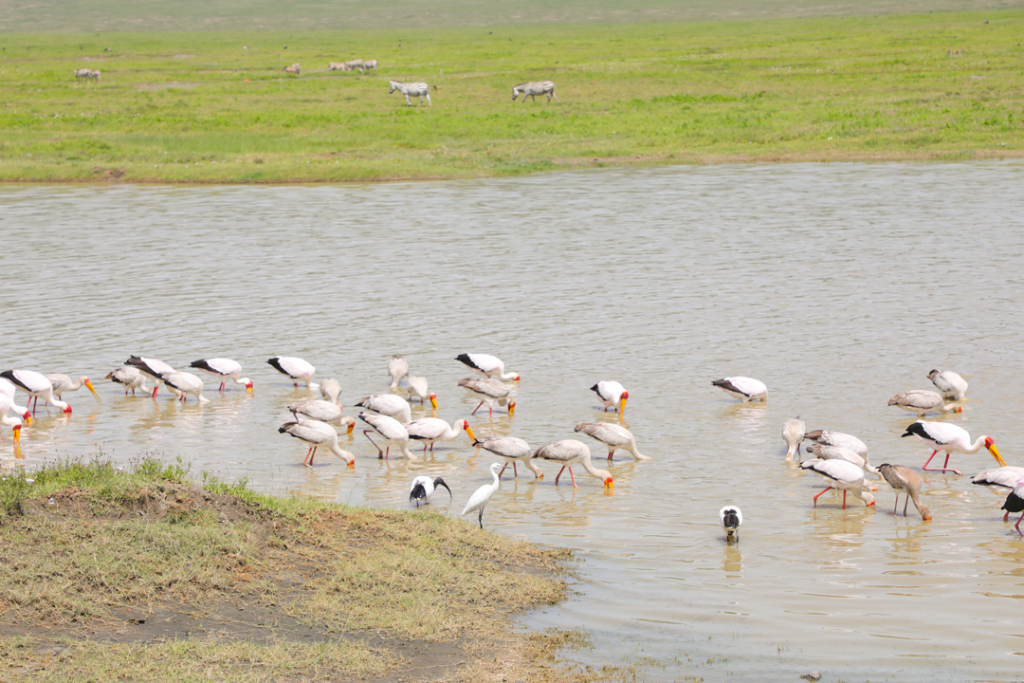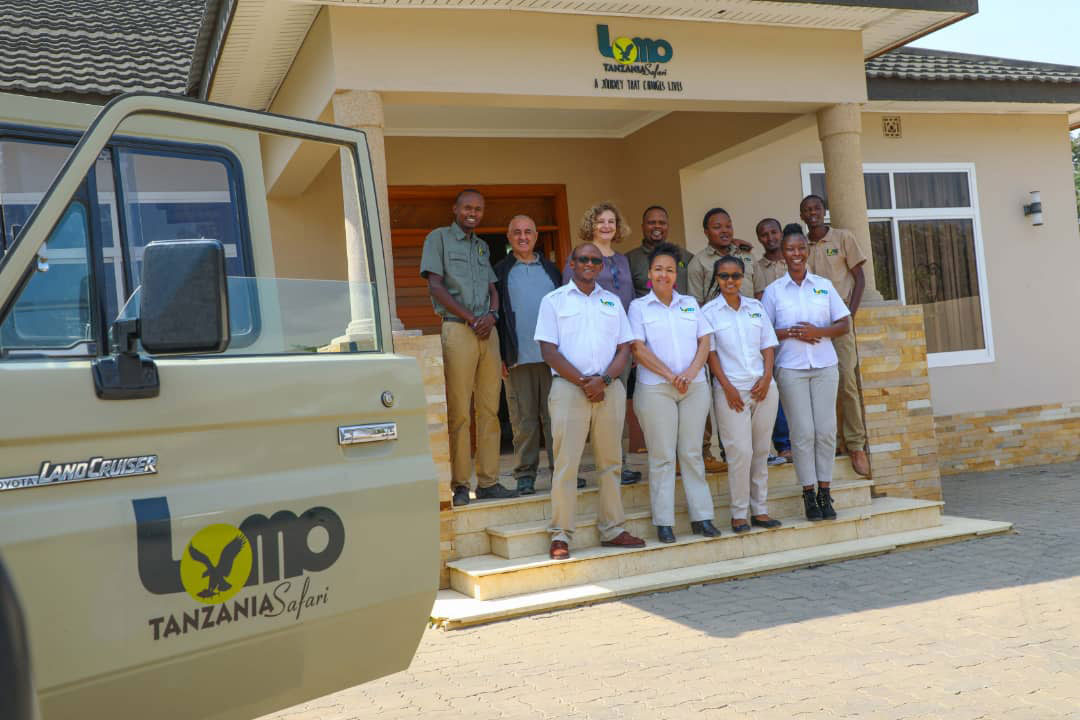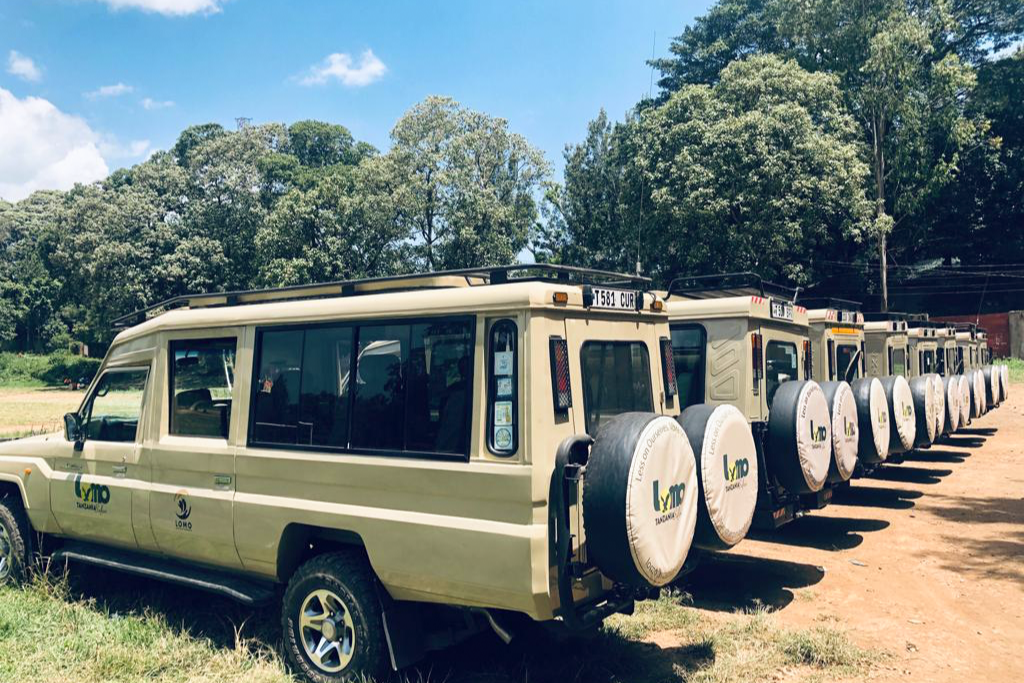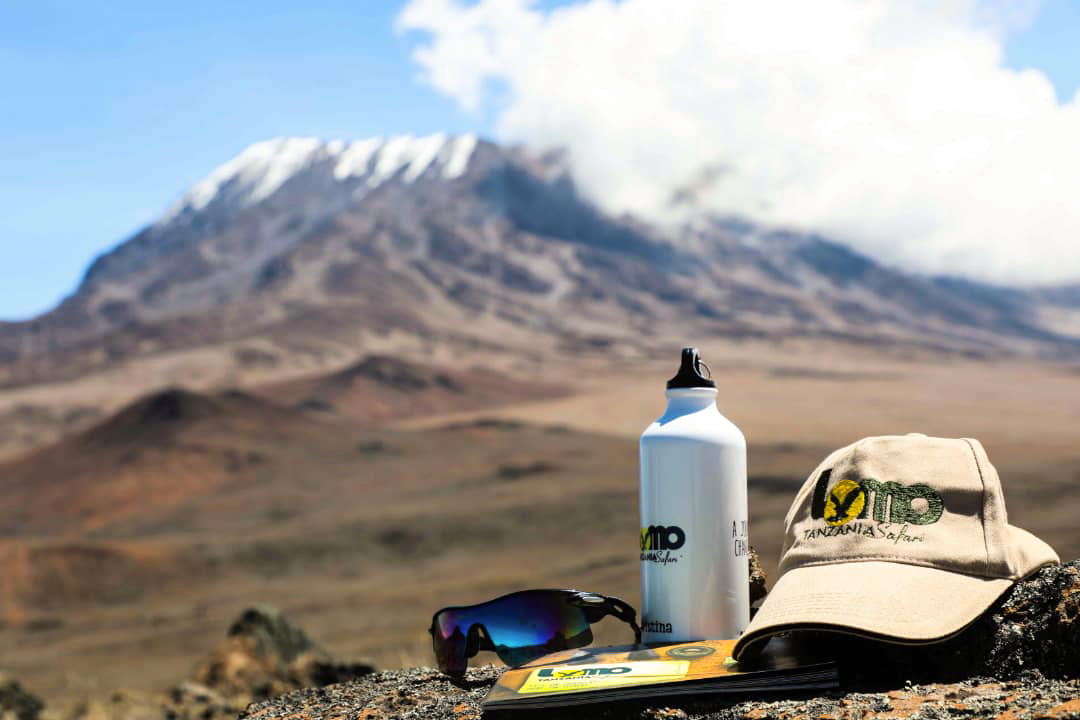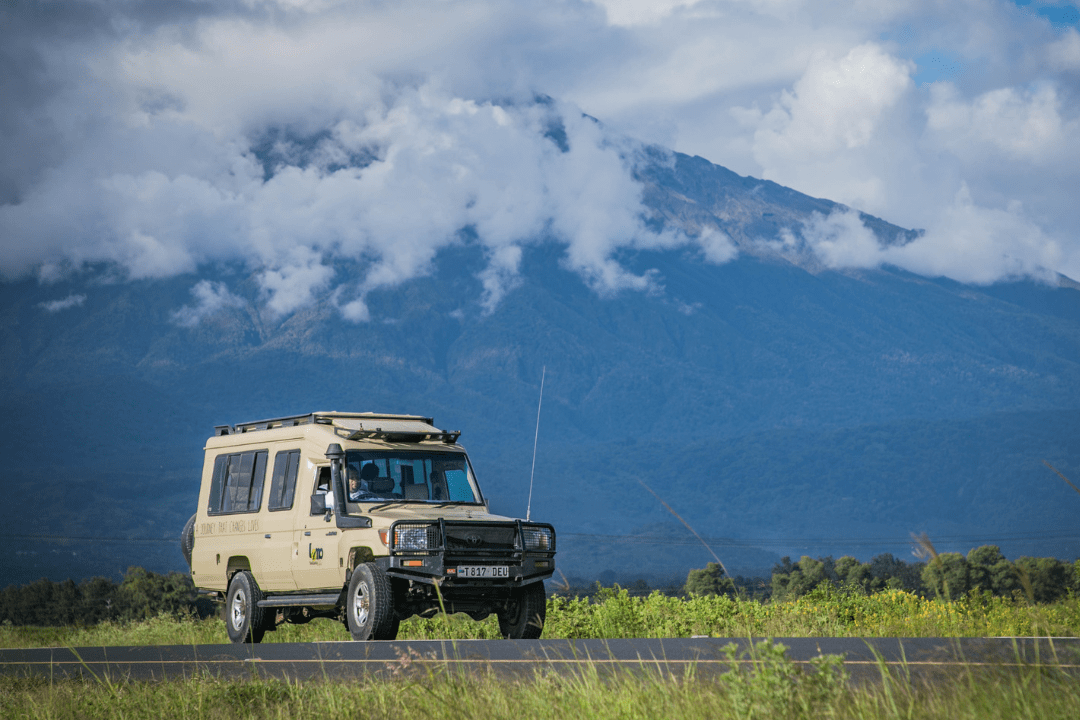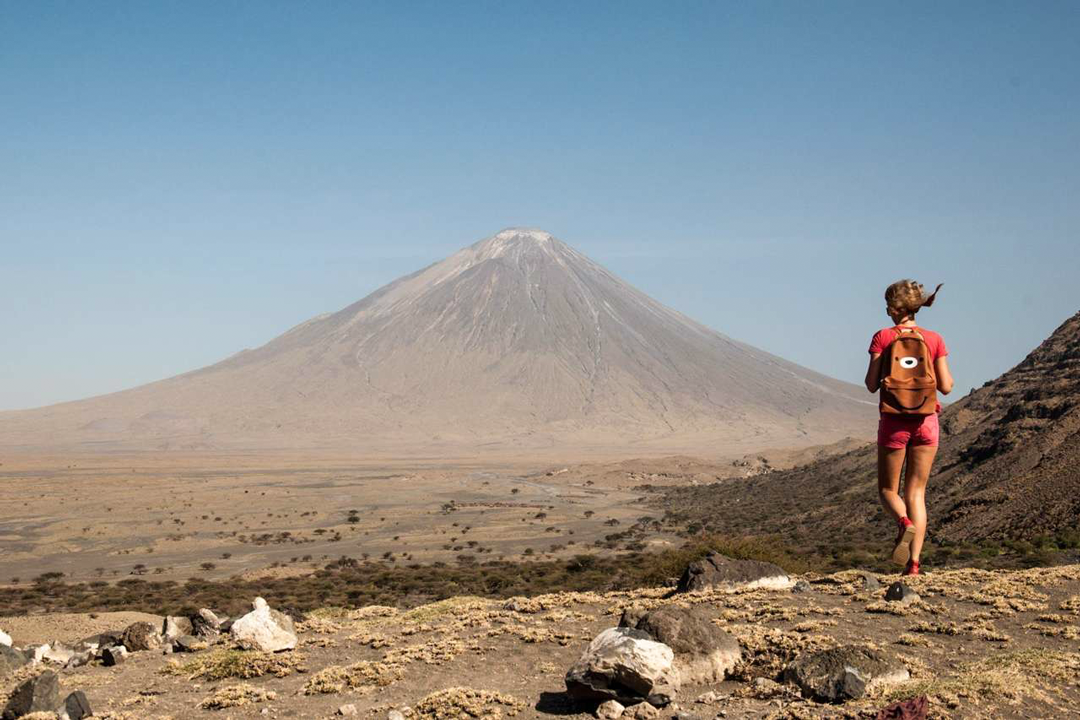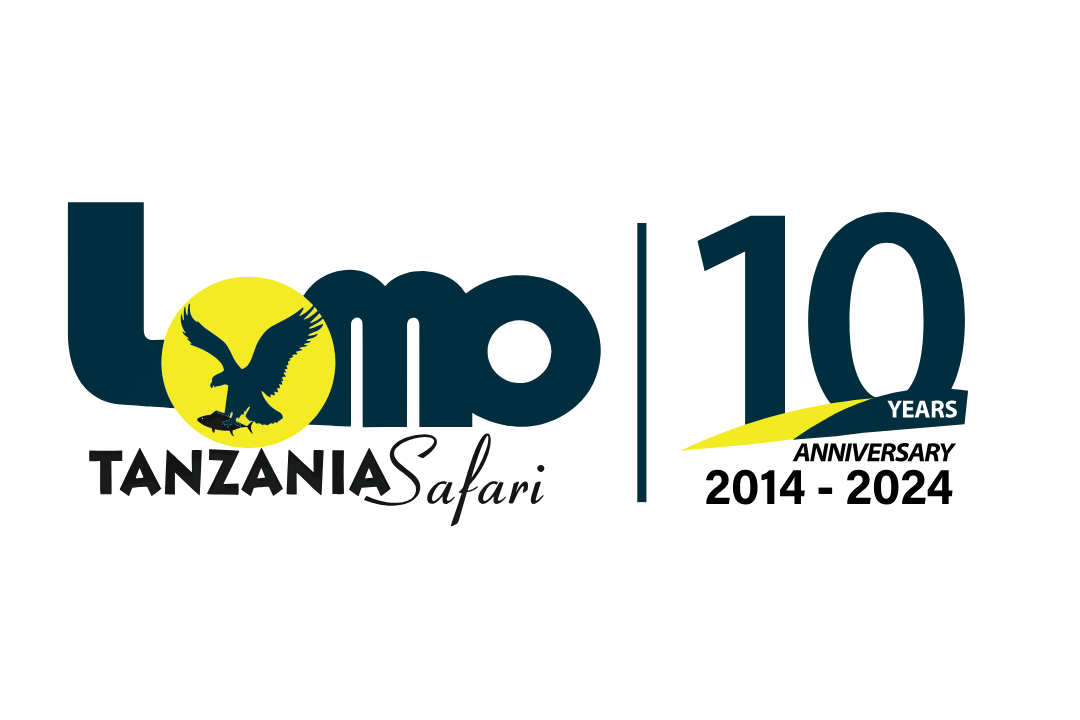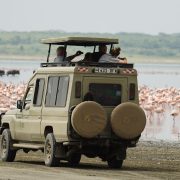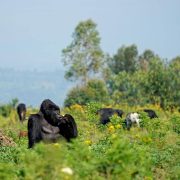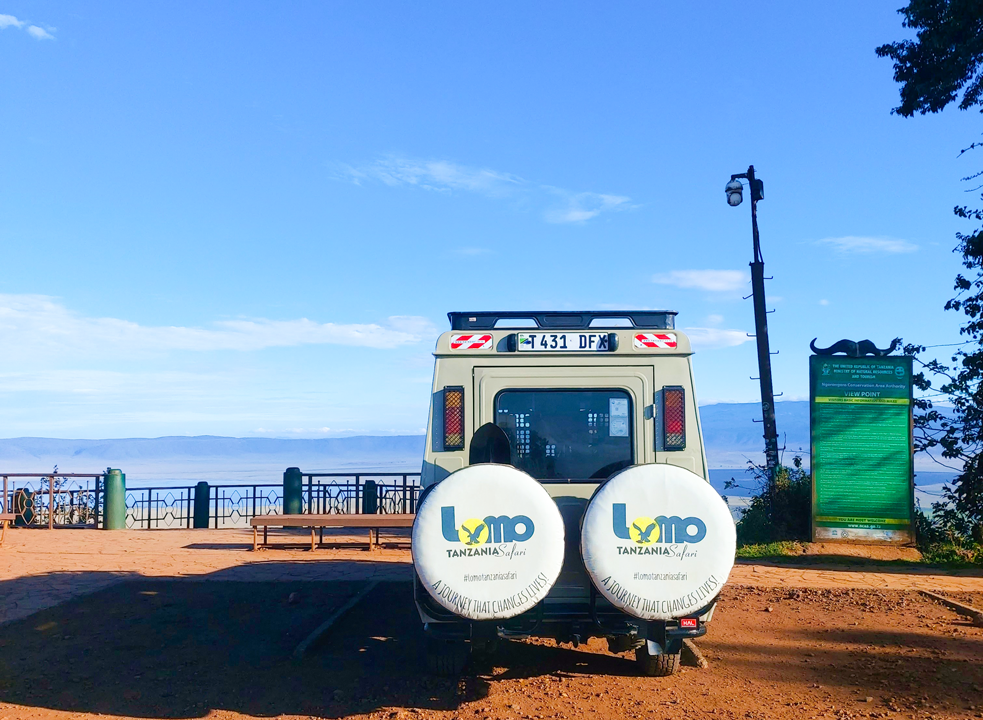
Why the Ngorongoro Crater Should be on your Bucket List?
The Ngorongoro Crater is found within the Ngorongoro Conservation Area (NCA) and it is widely regarded as the flagship of Tanzania’s tourism industry, as there is just so much to see and do here.
Heading for an adventure to the Ngorongoro Crater? If so, then you may want to know its interesting origin…
Three million years ago, there slumbered a massive super volcano in what we now call Northern Tanzania. The mountain stood higher and mightier than nearby Mount Kilimanjaro.
Its summit scraped the ceiling of Africa and its slopes were so vast they directed their own weather patterns and water flow. All was well with this sleeping sentinel until one day the mountain woke up. Then it fell down.
The volcano erupted with a blast so ferocious that it caved in on itself, an implosion creating a caldera spanning a hundred square miles: 12 miles wide and 2,000 feet deep. What had once claimed the highest peak on the continent was now a mere impression, inverse to its former glory.
But the glory returned. Over the course of a few million years this geologic divot filled with life. First, it caught pockets of fresh water. Second, Lush vegetation developed, and third-you guessed it-the wild ones arrived.
Abundant water and grasses attracted ungulates, large predators, and countless bird species. Because of its enclosed topography, animals would descend into this bowl-shaped place and never leave. This was where the party was.
Over time the caldera teemed with sustenance, while also providing grazing lands for human tribes living along its edge. And so began the story of one of our planet’s most beautiful places, an unprecedented coliseum of biodiversity. Warmest welcome to the “Ngorongoro Crater”!
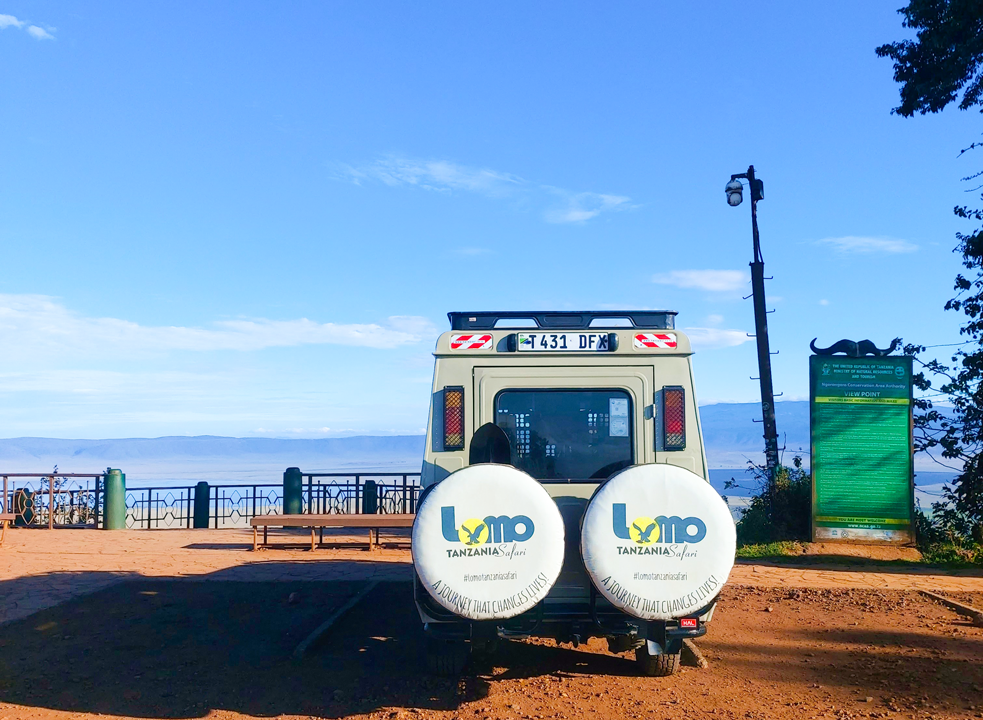
One-Minute Ngorongoro Crater History Briefing
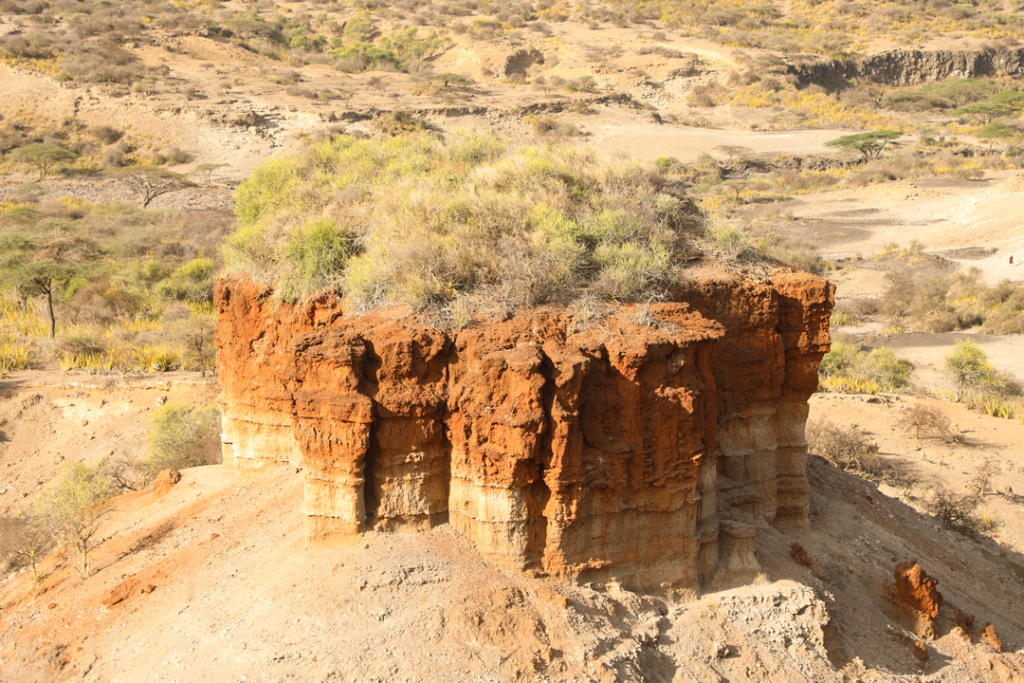
Think of the Ngorongoro Crater as hyper-condensed action, like bringing all the best in safari to boil. Here everything bubbles closer, tighter, and louder. Peer inside this primordial caldera and what you see is a petri dish density of wildlife, more predator-prey interactions per capita than almost anywhere on the planet.
Amazingly, human footprints have also been discovered in and around Ngorongoro as far back as 2-3 million years ago. Following these earliest scattered bands of hunter-gatherers, Mbulu pastoralists would arrive on the scene followed by the Datooga, and most recently, the Maasai.
The first European explorers came to the crater in 1892, and a few decades later Ngorongoro saw its first waves of foreign travelers. Deemed a fragile zone of biodiversity, the Ngorongoro Crater Conservation Area was established in 1959 and, by 1979, it was protected as a UNESCO World Heritage Site. Today, the Ngorongoro Conservation Area sees over a half million of visitors per year!
Interesting Facts About The Ngorongoro Crater!
So now you understand what all the hype is about, that Ngorongoro Crater is ground zero for a millions-year-old volcano that blasted off like a rocket, was supplanted by a huge caldera and stuffed with more lions and rhinos and wildebeest than you could ever possibly imagine. You’re in.
But before you drop into the Ngorongoro Crater, here are interesting facts you should know. Cram these in your noggin before arriving and your awe for this place will quadruple, promise.
1. The Views from the Ngorongoro Crater Rim are Incredible
To be perfectly honest, the views around most of the country are great. It’s the views from the top of the Ngorongoro Crater rim that are especially impressive. You will be able to take in the entire crater, and it’s bigger than you think! There’s no other landscape like this anywhere else on earth, and we highly recommend adding this to a well-rounded Tanzania Safari.

2.The Densest Lion Population in the World
While Serengeti National Park might have more lions overall, the Ngorongoro Crater has the densest population of lions in the world. This means that it’s almost impossible to visit the crater without seeing lions. Therefore, big cat enthusiasts should stick Ngorongoro Crater at the top of their list!

3. Over 25,000 wild creatures in the caldera (Gulp.)
Lions are truly majestic creatures, but there is so much more to Ngorongoro than lions alone. 7,000 wildebeest, 4,000 zebras, 3,000 eland, 3,000 gazelles, 600 hyena, 200-300 elephants, over 60 lions, 30 rhinos, and many others. In all, over 25,000 wild creatures call the Ngorongoro Crater home. That is a whole lot of wild.

4. Your best chance to spot a black rhino (and complete your big 5!)
Seeing a black rhino for the first time kind of feels like you’re traveling through Jurassic Park. With two large horns and a hooked upper lip, truly these creatures are magnificent to see first-hand. Rhinos were brought to the brink of extinction but now their populations, due to conservation efforts, have bounced back to over 5,000 worldwide, 30 of which live in Ngorongoro Crater!
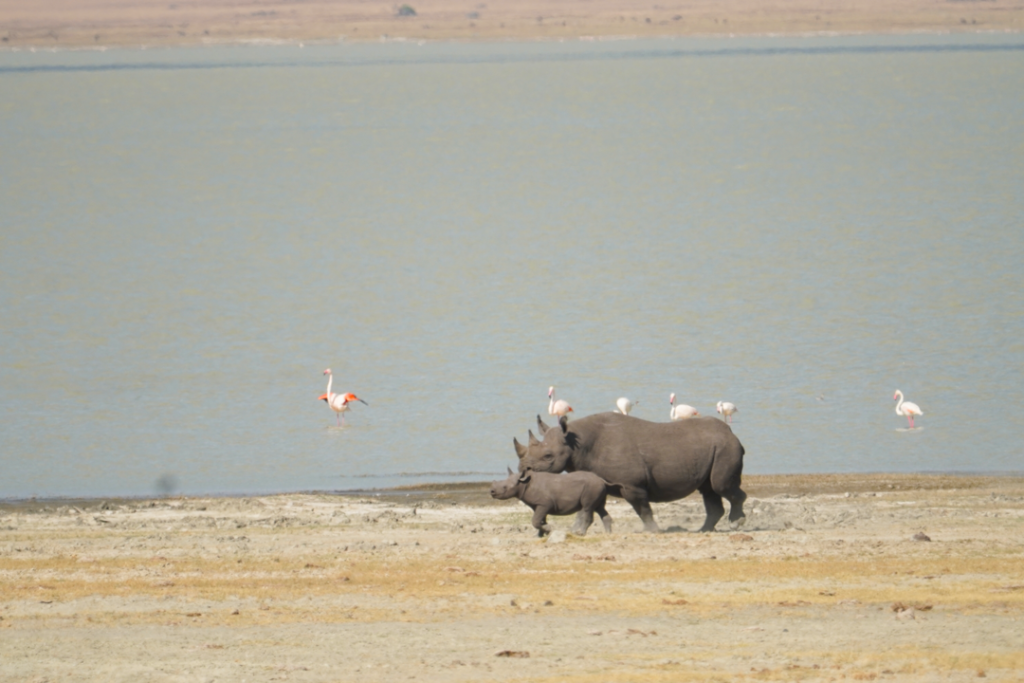
5. The birding is crazy good
For all bird-lovers out there, look no further. Within this caldera you will find 500 bird species. Ostriches, kori bustards, secretary bird… you name it. Visit from November to April and witness the myriad migratory birds that take up residence here. For more info about birdlife in Tanzania, click here!
